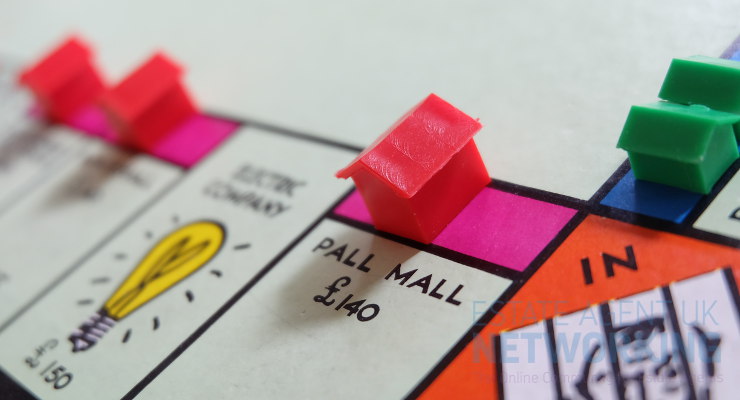How to weigh up a potential property investment – Rental Yield Vs Return on Capital Invested.
How to weigh up a potential property investment
When you register with your local estate agents for a potential investment purchase, it won’t take long before you are asked “what yield are you looking for?”. Traditionally this measure has been used to assess the potential return provided by an investment and is calculated by taking the annual rental income, divided by the property purchase price, for example:
Purchase Price: £250,000 Monthly Rent: £1000pcm
Rental Yield: £1000pcm x 12 months / £250,000 = 4.8%
In the above example, you might think that as long as a return of 4.8% is more than you could achieve by simply putting your cash into a savings account, then you are better off investing in property? Right? Well it’s not quite that simple…
The calculation explained above assumes that you are buying the property with cash that would otherwise be in your bank account, however if you are financing the purchase with a buy-to-let mortgage, then you may only be putting a quarter of the purchase price down as a deposit. Furthermore, any other expenditure, such as repairs and maintenance, is ignored entirely.
So is there a better way to assess the viability of a potential rental investment? We believe so.
Return on Capital Invested (ROCI)
This method of assessing a rental investment takes into account the pre-tax profit (rent – expenses) as a percentage of the amount of capital (e.g. cash deposit) that you are going to have tied up in the investment, for example:
Purchase Price: £250,000
25% Deposit: £62,500
75% LTV Mortgage: £187,500
Purchase Costs: £4,000 (Stamp Duty; Solicitors)
Total Capital Invested = £62,500 Deposit + £4,000 Purchase Costs = £66,500
Monthly Rent: £1000pcm
Monthly Mortgage Interest (with a mortgage rate of 4%): £625
Monthly Service Charges, Repairs & Maintenance: £175
Monthly Profit = £1000 – £625 – £175 = £200pcm
Return on Capital Invested (ROCI) = £200pcm profit x 12 months / £66,500 = 3.61%
As the above example demonstrates, the actual return on the capital invested is much lower than the ‘rental yield’ calculation would suggest. This example is even more shocking when you look at how the ROCI shifts if the mortgage rate went from 4% to 5%. After a quick re-run of the calculation, at a 5% mortgage rate, the ROCI drops to below 0.8%.
The moral of the story – if you are buying an investment property with mortgage finance take the time to calculate the ROCI, otherwise you may find out that the monthly income you were promised by the eager estate agent disappears into thin air.









